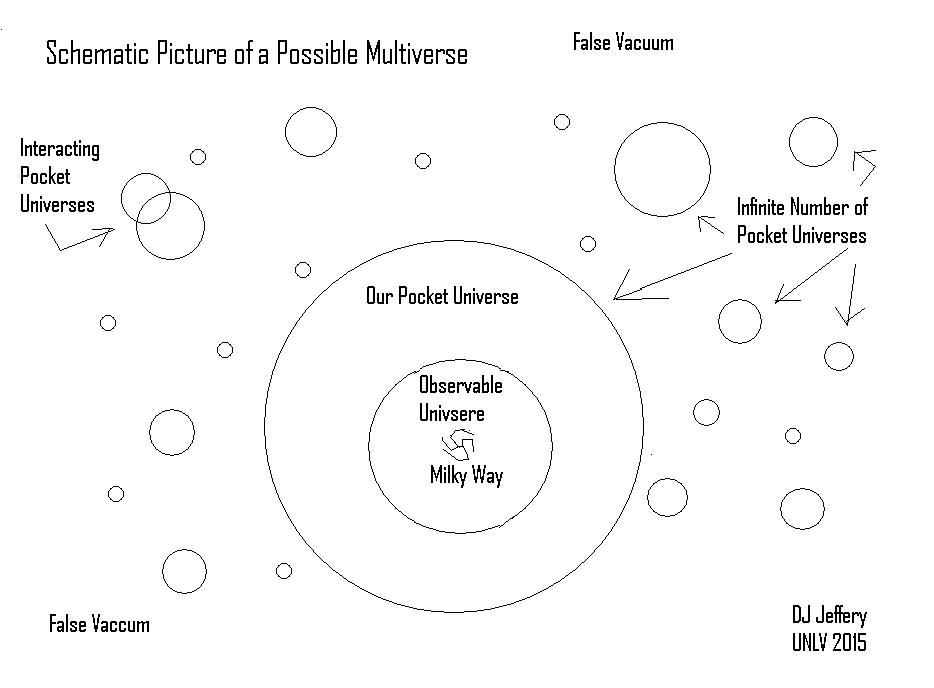
Image 1 Caption: A cartoon the eternal inflation which is both a version of inflation and a version of the multiverse: a universe made up of some kind of pocket universes (see below).
Note, eternal inflation and the multiverse are both highly speculative theories. The inflation paradigm in itself has a measure of robustness: it's resisted falsification since introduced in 1979 (see Wikipedia: Starobinsky inflation: History) though it has undergone considerable evolution.
Is the Multiverse Falsifiable
-
UNDER CONSTRUCTION BELOW: NOT A READING
- Image 2 Caption: This may not a good enough illustration of the point.
- The universe (i.e., the
totality of reality,
NOT just the
observable universe)
allows life as we
life as we know it.
Points:
- Why? A profound question.
- The universe allows physics as we know it.
- But is this physics determined by inescapable logic or is it just the anthropic principle in action.
- The multiverse says the latter.
- Is the life as we know it just a feature of inescapable logic or part of it.
- Every argument seems to regress into mulling.
- What of the multiverse?
Is it falsifiable?
Actually, it may fall into Flexibility: item 3. It has arguably passed one falsification test, but it's hard to think of another. Is one falsification test enough to be a scientific theory?
To explicate: the multiverse with varying ordinary physics has passed one non-trivial falsification test as discussed by, e.g., Martin Rees (1942--) in an article that yours truly has lost track of.
The explication of this falsification test is as follows the form of dialogue between Pro and Con:
- Pro: The
fundamental constants
of physics and
cosmology show
no special relationships among themselves.
They seem to be chosen whimsically---except they are consistent with
life as we know it.
This suggests they are roughly what they are because they were chosen somehow randomly and their only relationship is that they are consistent with life as we know it: i.e., they are ordained by the anthropic principle.
Now if they are were chosen randomly, there must be a multiverse to do the choosing.
- Con: I do NOT concede that
fundamental constants
are related only by the
anthropic principle.
They may still have a relationship dictated by the nature of
reality.
We just have found it yet, but we could any day.
As to the multiverse, it's not a scientific theory because it CANNOT be disproven.
- Pro: Consider the
fine-structure constant
α = e**2/(U+0127 c) = 1/[137.035 999 084(21)] (2021).
fine-structure constant.
UNDER RECONSTRUCTION below
- Con: See multiverse,
the multiverse
is NOT a
scientific theory
because you can explain away any failed prediction.
- Pro: But that's just me, NOT
the multiverse
qua itself.
Other proponents, at least hypothetically,
would concede 144
is a falsification.
- Con: I think you're a
Marxist.
- The parameters
of physics
as we know it seem to have no special values.
This means that NO logic of reality
dictates the actual values of parameters
as far as anyone can tell.
- So values could have been selected a random in
a multiverse
where some range of possibilities are allowed.
- In fact, the
multiverse
(with randomly chosen physics,
but NOT all physics)
predicts nonspecial values for
the parameters.
The multiverse would be falsified if the parameters had special values.
In this case, we would try to find the logic of reality dictates these special values of parameters.
- But as aforesaid,
NO logic of reality
dictates the actual values
parameters
as far as anyone can tell.
So the multiverse has passed a significant falsification test.
This does NOT prove the multiverse, but yours truly thinks that the multiverse does have to be considered seriously as a possibly true theory.
- To give an example of a
parameter
of physics
with a nonspecial value consider the
fine-structure constant
α = e**2/(U+0127 c) = 1/[137.035 999 084(21)] (2021)
(see NIST: CODATA: All physical constants)
which is the squared size of the
elementary charge (e)
in natural units.
There is nothing recognizably special about the inverse (AKA reciprocal) 137.035 999 084(21).
But say counterfactually that the inverse was exactly 137 to very high accuracy/precision. That would suggest that the inverse was exactly 137. Would that falsify multiverse?
Well no. It could be that the fine-structure constant had to be an integer for some fundamental reason, but the integer could still have been chose at random. Note, there seems nothing special about 137. It's a prime number, but not an especially interesting one like 2, 3, 5, or 7. The integer could just be the prime number 137 by chance.
On the other hand, if the fine-structure constant had seemed to be exactly 144 = 12**2, that might be considered a falsification of the multiverse since 144 = 12**2 seems special 144 = 12**2. Maybe reality is like the sixth grade where the multiplication table stops at 12 (see Wikipedia: Multiplication table: In modern time).
But maybe the proponents of multiverse could still find an argument against falsification if 144 = 12**2. After all, it could still just be an random integer.
- Actually, there is a whole other dimension to the above explication
if the
anthropic principle
is introduced.
- Much of
ordinary physics has to be the way it is
or nearly
or life as we know it would NOT exist
in the observable universe.
Change some of the parameters of ordinary physics too much and complex structures such as life as we know it (including us) could NOT come into existence.
- Note, that proof by our existence is called proof by the
anthropic principle.
Actually, the anthropic principle is just a special case of proof by the fact that results imply causes.
In our present argument, we do NOT require that we exist, but only that the observable universe be sufficiently biophilic ("life loving") to allow complex structures such as life as we know it.
The life as we know it didn't have to be humankind.
A biophilic observable universe is like a lottery: there are a few lucky winners and many unlucky losers.
We're just lucky winners so far. A lot of random events went into making us what we are.
But there had to be a lottery for there to be winners. The biophilic observable universe is the lottery.
- In the multiverse paradigm,
the parameters of
ordinary physics for
each pocket universe are chosen
at random according to some
probability distribution
that we do NOT know.
There is probably only a narrow range for parameters of ordinary physics to be biophilic.
So the multiverse is also a lottery in which probably there are only a few lucky biophilic pocket universes.
Most pocket universes are probably lifeless with only simple kinds of structure.
- However, the parameters of
ordinary physics do NOT
have to be super fine-tuned to be biophilic.
In fact, the parameters of ordinary physics do NOT seem to be super fine-tuned.
There are NO special relationships among them that indicate they had to be the way they are by some logic of reality that is is indifferent to life as we know it.
- Say counterfactually that the parameters of
ordinary physics were super fine-tuned.
For example, say the fine-structure constant was exactly 1/137 instead of its actual value of 1/(137.035 999 139(31)) (see NIST: CODATA: All physical constants).
If the counterfactual fine-tuning held, some logic of reality dictates ordinary physics as we know it and life as we know it is an accident of reality---but maybe NOT meta-reality---but let's NOT go there.
- The multiverse paradigm
strongly predicts that there will be NO
fine-tuning of ordinary physics.
This prediction is NOT falsified, and so the multiverse passes a non-trivial falsification test.
- Pro: The
fundamental constants
of physics and
cosmology show
no special relationships among themselves.
They seem to be chosen whimsically---except they are consistent with
life as we know it.
- Yours truly
thinks the passed falsification test
is quite profound.
It doesn't make yours truly believe in the multiverse, but it does make yours truly take the multiverse seriously.
- Of course, the passed falsification test
doesn't give much constraint on the exact
nature of the multiverse.
TOE will
have to come along and help us out on the exact nature
of the multiverse.
- Maybe TOE will never help out.
Maybe our view of the universe is
too superficial to allow us to understand it completely.
But we arn't giving up yet.
-
Images:
- Credit/Permission: ©
David Jeffery,
2015 / Own work.
Image link: Itself.
Local file: local link: inflation_eternal.html.
- Credit/Permission: ©
David Jeffery,
2022 / Own work.
Image link: Itself.
File: Cosmology file: inflation_eternal_falsifiable.html.
